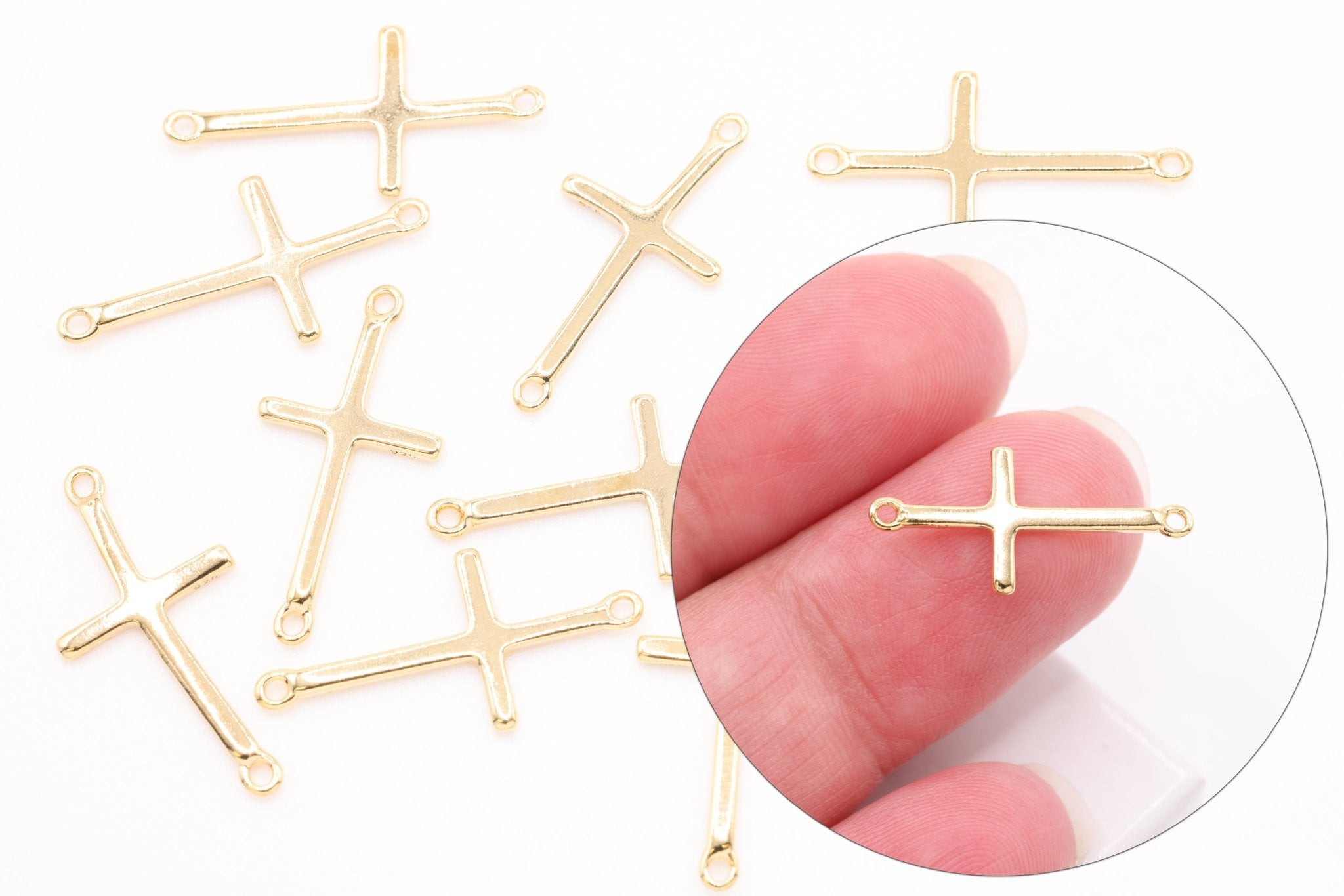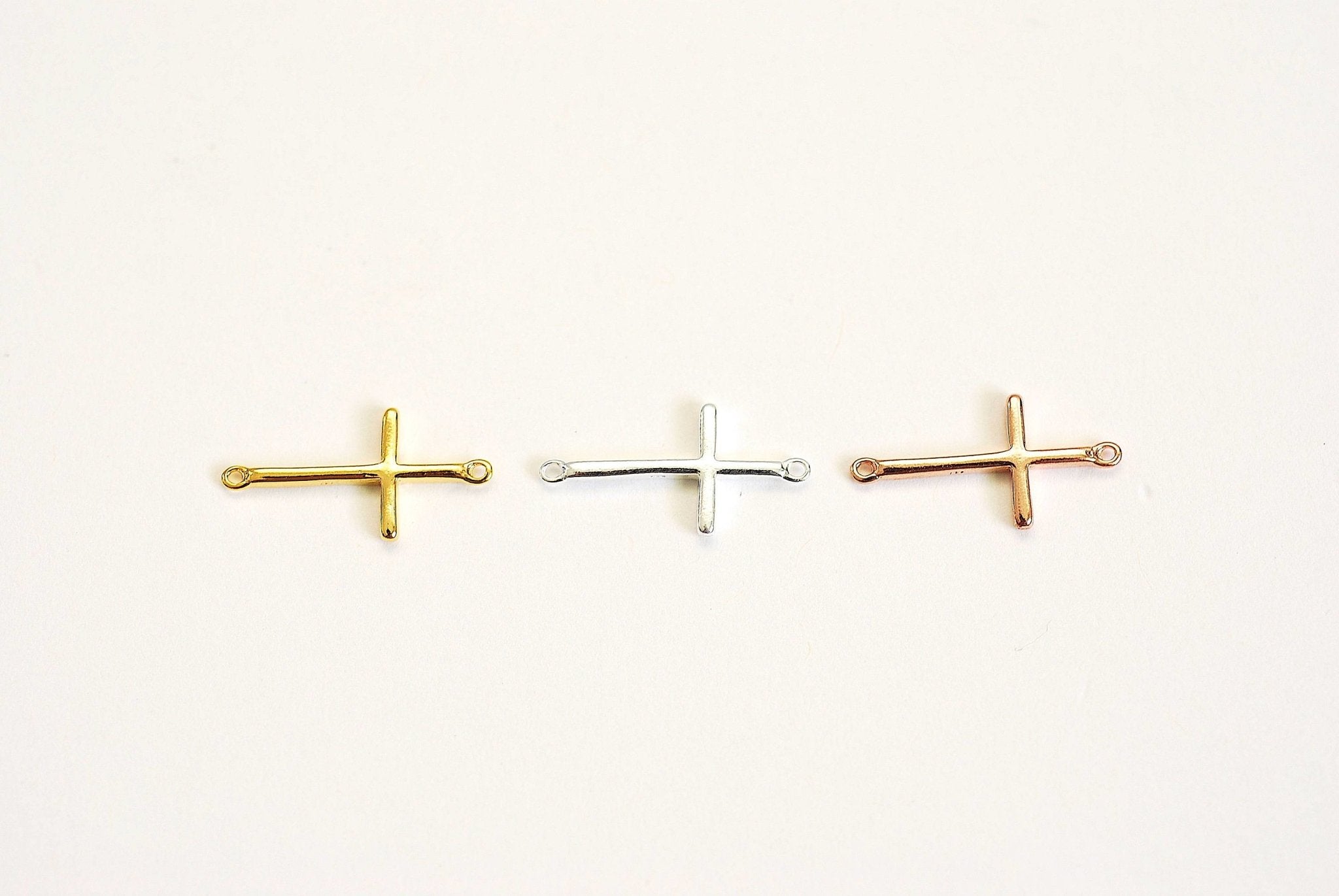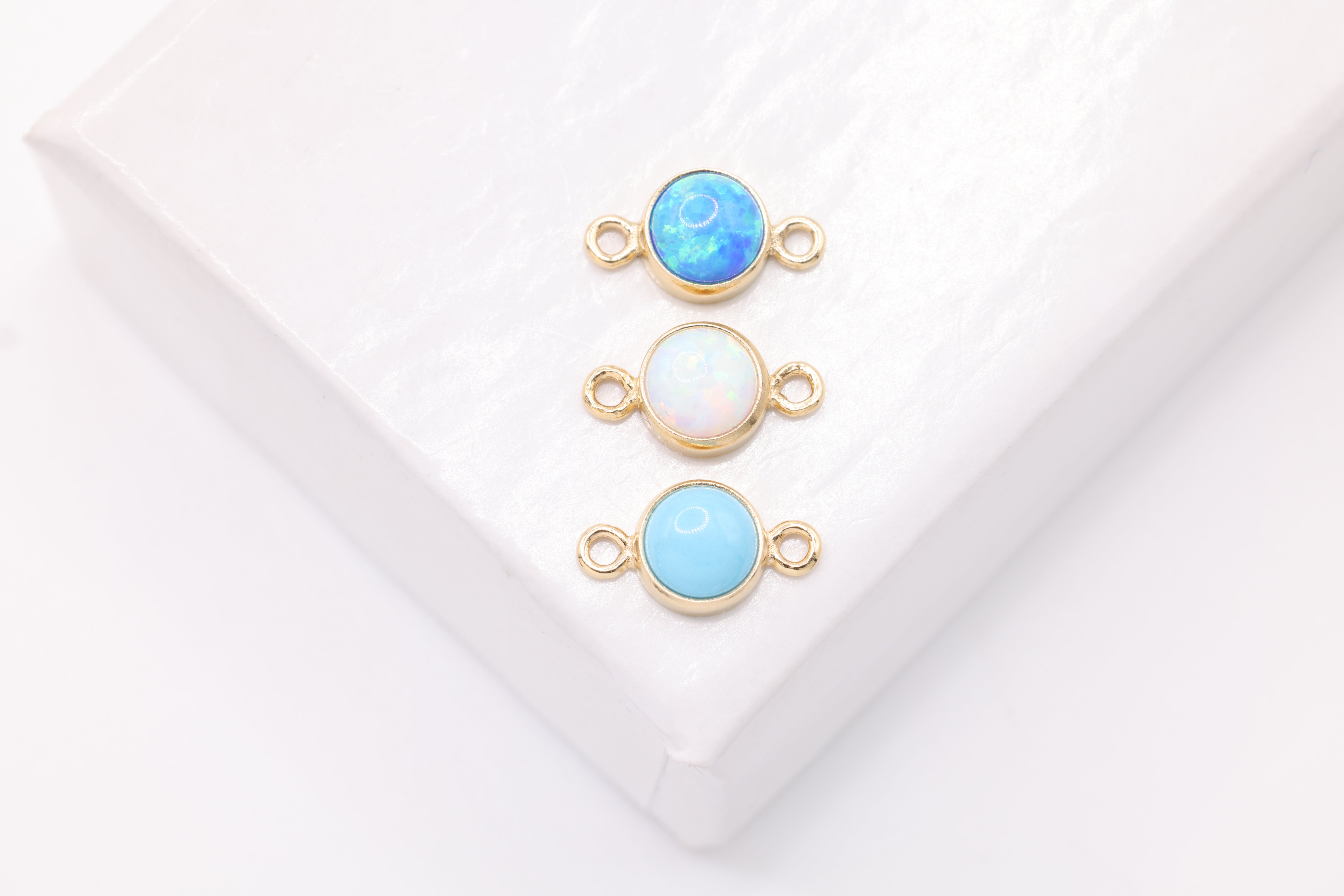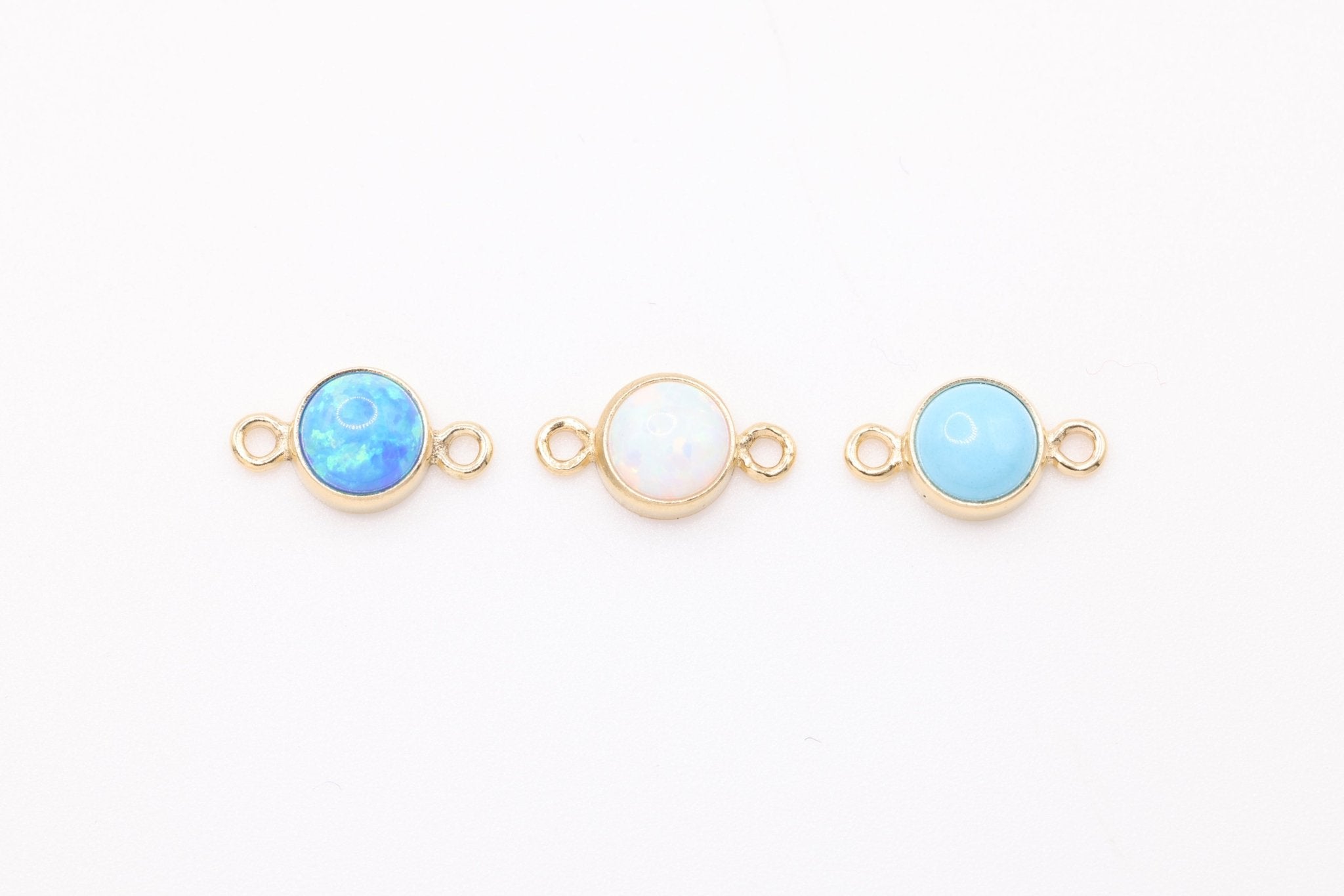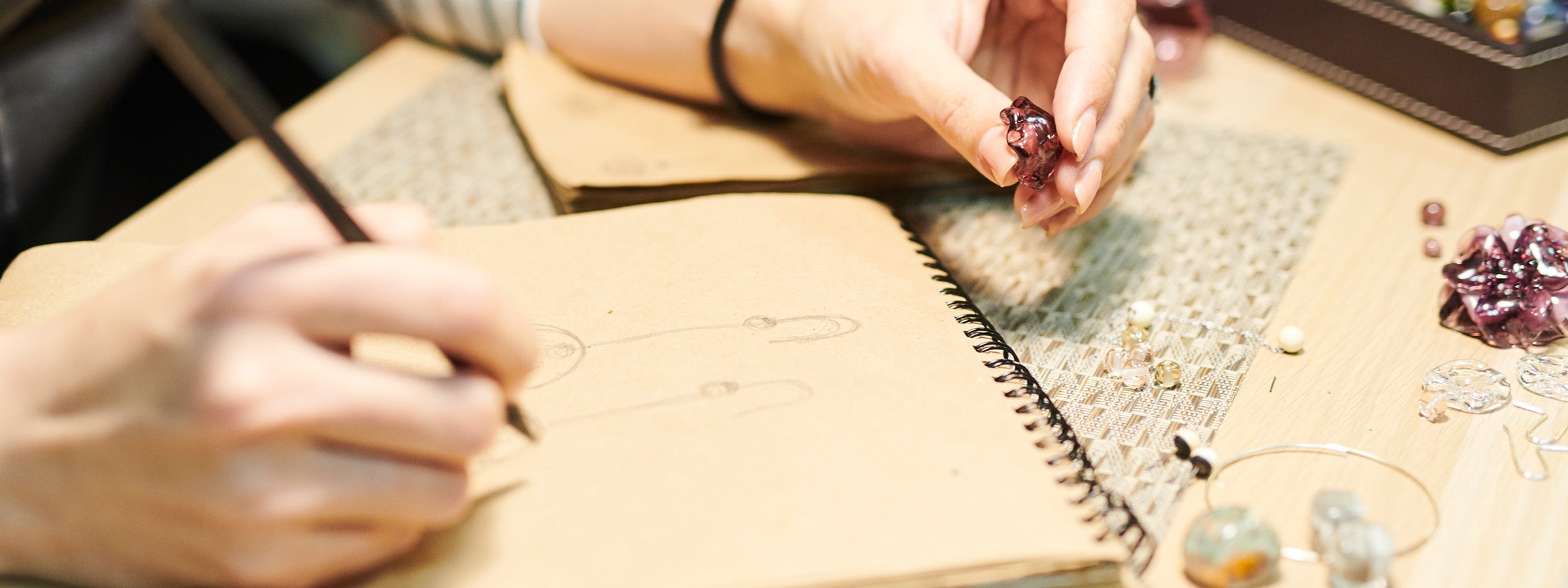When you’re buying jewelry, especially silver jewelry, to the untrained eye, silver of any kind is just silver, but to those who handle jewelry all the time, and especially jewelry makers, it’s a lot easier to spot the difference. Of course, if you’re creating jewelry for the first time, you might not understand why you need to know the difference and choosing between the different types of silver alloys can be difficult, especially if you’re going for jewelry piece that’s delicate. You need to know the quality of silver you’re using and how that quality can affect the look and style of your pieces.
So, in this article, we will be looking at the different quality silver and the different silver alloys that you can use in your jewelry pieces, and what type of jewelry they can be used for.
Fine .999 Silver
This grade of silver is very like the purest element of silver, thus the .999 in its grade. It is at the very most 99.9% pure silver. Its lustre is much brighter than any other sterling silver and other silver alloys. However, it’s the most malleable of the different silver grades, and can be scratched, dented, and reshaped easily. For this reason, jewelry that’s easily bumped, scratched, or dented won’t work well with this type of silver.
But jewellers can still use it in jewelry, like earrings or necklaces, because they’re much finer and less likely to be bumped or scratched. It’s perfect for the more delicate types of jewelry, because of its properties, like the fact that it can fuse without soldering, and it’s highly resistant to tarnish. You’ll be able to recognise these silvers because it’ll be stamped with either a.999 FS or a simple .999.
Sterling .925 Silver
In the United States and across the world, sterling .925 silver is the standard market quality, which you’ll find in nearly every piece of high-quality jewelry and metalworks. It’s made of 92.5% silver, with the remaining 7.5% made up of copper or metals, like nickel. Increasing the percentage of other metal materials will make the silver harder, thus more durable. The lustre of sterling .925 silver, or simply sterling silver, is the standard of lustre we see in most jewelry, utensils, and other metalworks, which are of high quality, and thus more attractive.
It can be used for nearly all types of jewelry, including rings and bracelets, but it is easier to tarnish. However, that tarnish can easily be polished off, with cleaners and polishers, but if created into fine chains or thin metal, it can easily be stretched under tension, so if you’re creating a necklace or bracelet with a fine chain, be careful with how you wear it, don’t pull or tug at it too hard or too often. These silvers are stamped with a .925 or a .925 STG quality stamp.
Non-Tarnish Alloys – Argentium Silver
While this alloy might be attractive, in terms of the fact that there’s less cleaning involved, it is however much pricier, because it is non-tarnish, and contains the same percentage of silver or more than sterling .925 silver. The remaining percentage of metals in the silver will either be copper or germanium. It is this germanium that prevents the silver from tarnishing. Of course, it can still tarnish, under extreme conditions and over time, but will still require less maintenance than sterling .925 silver. Another downside to this silver is the fact that it can be hard to distinguish, as they use the same stamp marker as the sterling .925 silver, but manufacturers can go through an authentication process, to add the Argentium mark (r) next to the silver grade stamp.
Coin Silver
Unlike the name suggests, coin silver does not come from coins, nor are they as highly graded as fine .999 or sterling .925. In fact, the term “coin silver” came from the historic use of the silver, which is at 90% since metalsmiths would use coin scraps to create other items. In those days, coins were made of more precious metals, but now, they’re made of base metals, although collectible coins may be made with higher silver content. Because of its 90% silver presence, the stamp marker for this silver quality is .900, and will usually be found on antiques rather than any newly made metalworks.
Just “Silver”
Don’t be fooled, this term is very vague, and if used, will most likely be used for low grade silver materials. Jewelry artists and manufacturers are legally bound to stamp the quality of their silvers to their pieces, or at least tag them with a quality designation.
Silver-Filled, Silver-Plated, Tibetan & Tribal
Silver filled is a new type of layered metal. It’s not an alloy, but it does contain sterling silver. It contains either 5% or 10% sterling silver but is mostly made from other materials and a brass core. Manufacturers can mislead you, by adding a .925 SF stamp, so be careful when assessing these silver-filled items.
Similarly, silver-plated is simply a very thin layer of silver on top of other base metals, and will wear off after some time, or tarnish easily. These jewelry and metal pieces are mostly used for costume jewelry.
And, Tibetan or Tribal silver are rather dangerous silvers, and can vary in their silver content from some or none at all. These pieces can contain dangerous metals, like lead, and normally come from “exotic” lands. So, when buying this type of silver, be careful, and don’t give it to children.
Bali, Thai & Mexican
The silver from these countries is quality silver but must always be marked with a quality stamp. Knowing the source country of the silver does not always mean high quality, so be sure to check the quality of the silver you buy from Bali, Thailand or Mexico, before going through with the transaction.
Know Your Silver
Now that you know what type of silver alloys are available, you’ll be able to identify them on the market, for all your jewelry needs, from simply wearing beautiful pieces of jewelry, to making them. By understanding which grade you’re working with, and how they behave, you’ll be able to purchase and maintain the silver you need for your jewelry collections, both as a buyer, or as a maker. Have any questions please feel free to ask us!

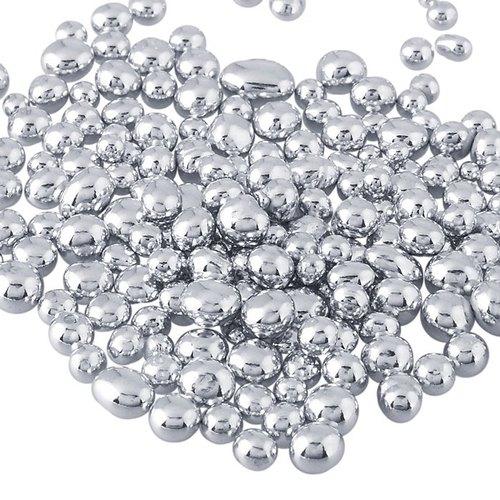
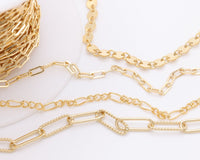
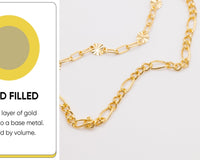

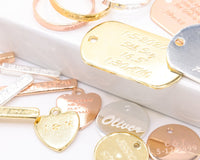
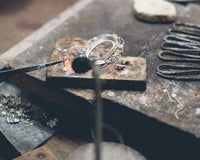
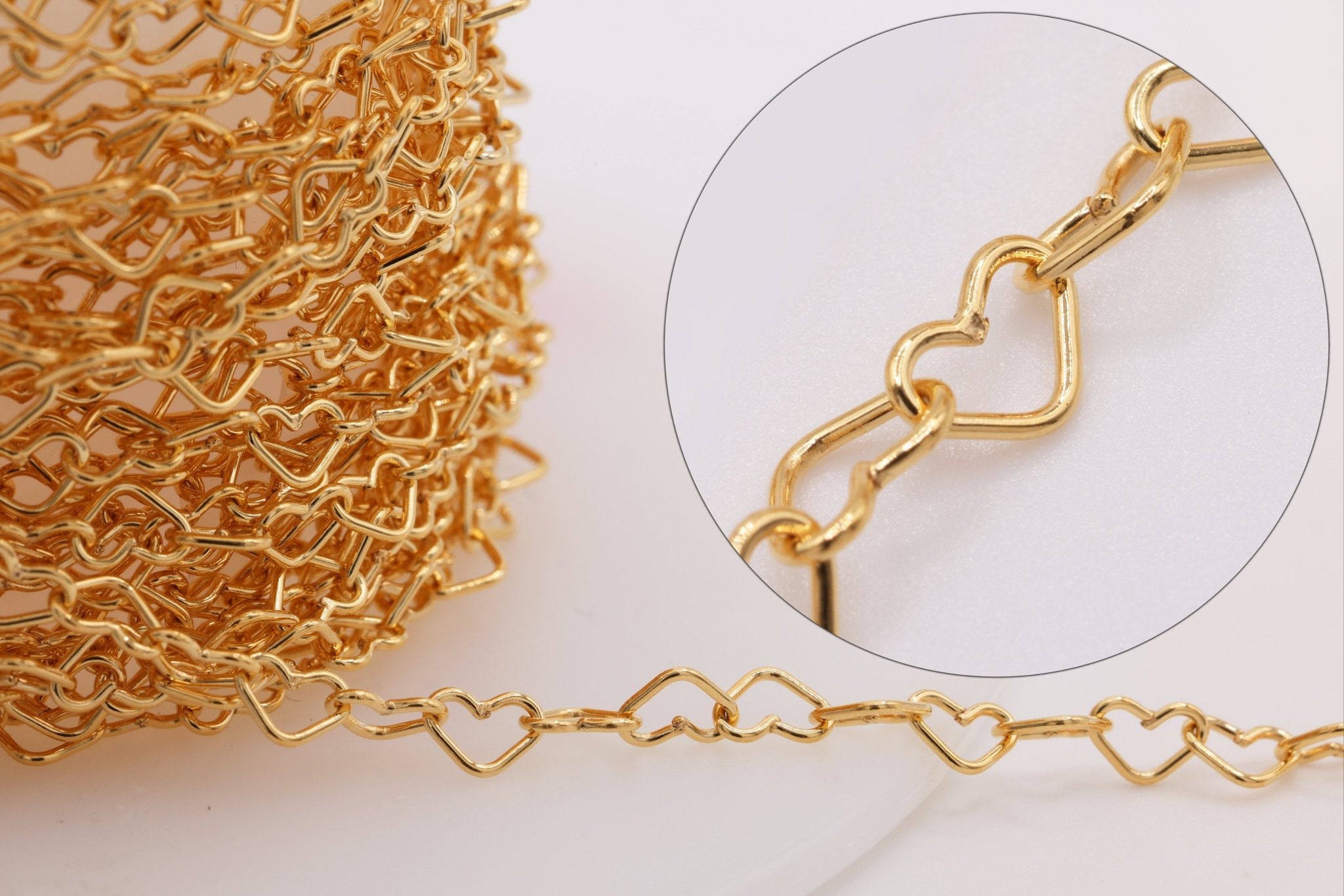
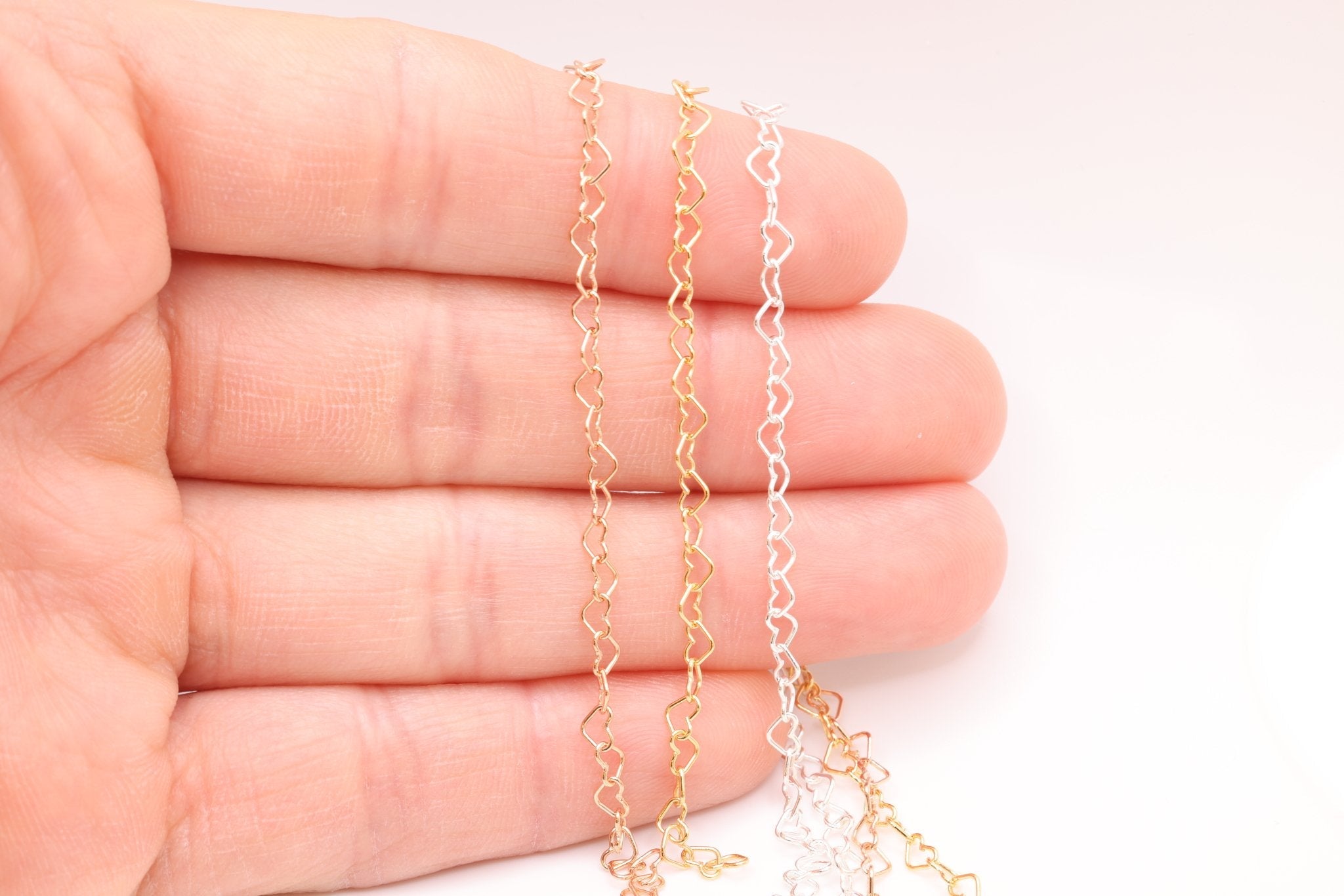
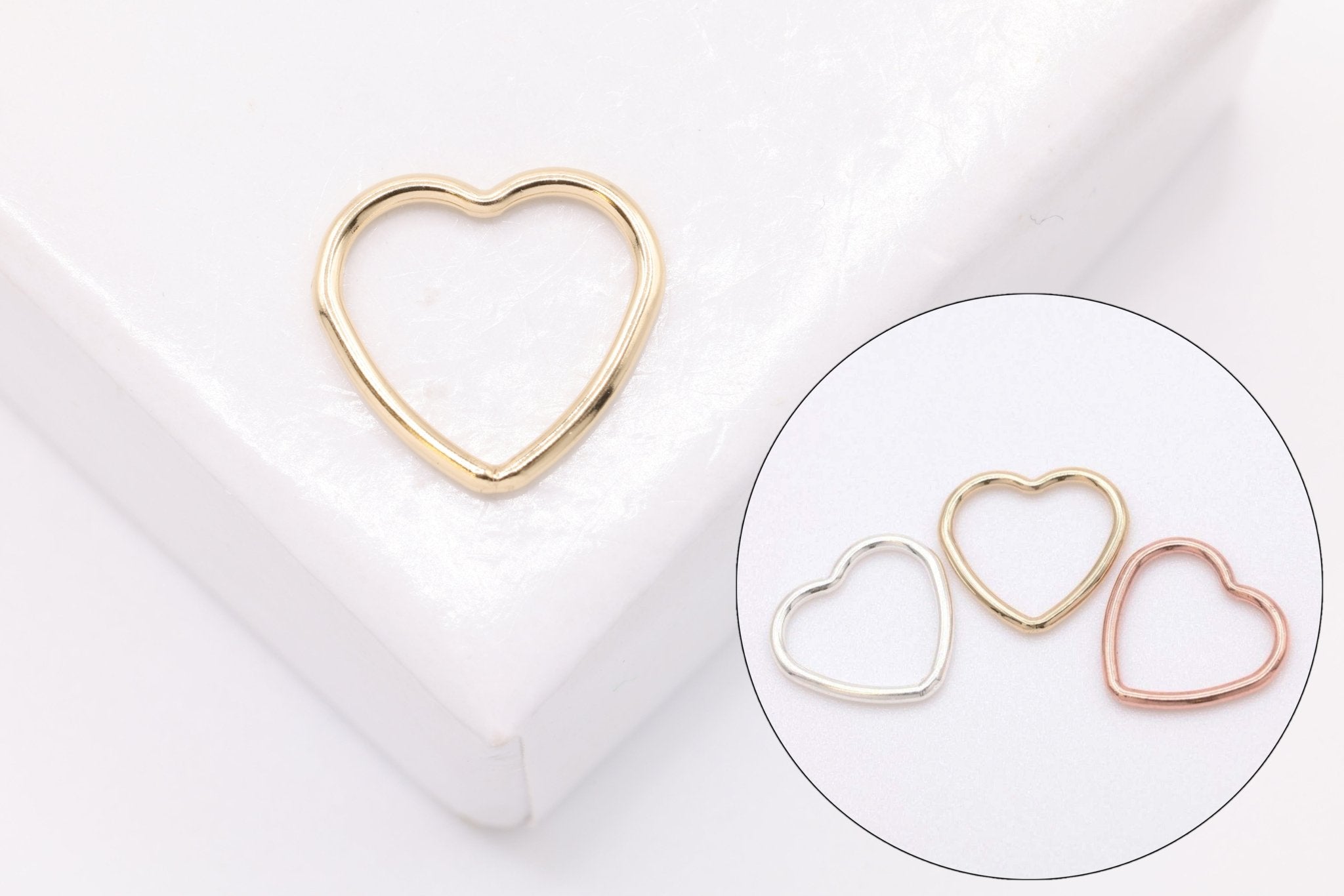
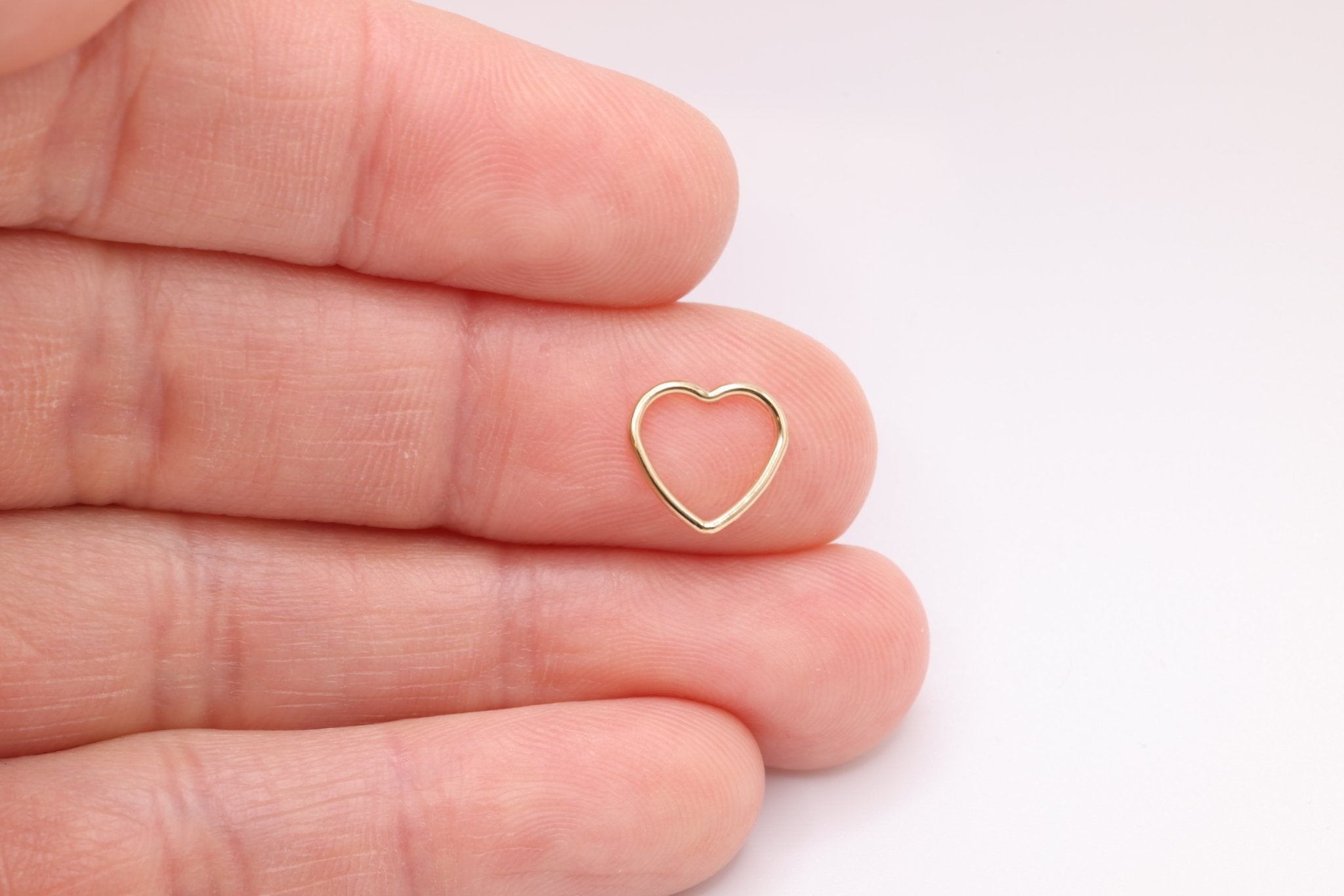
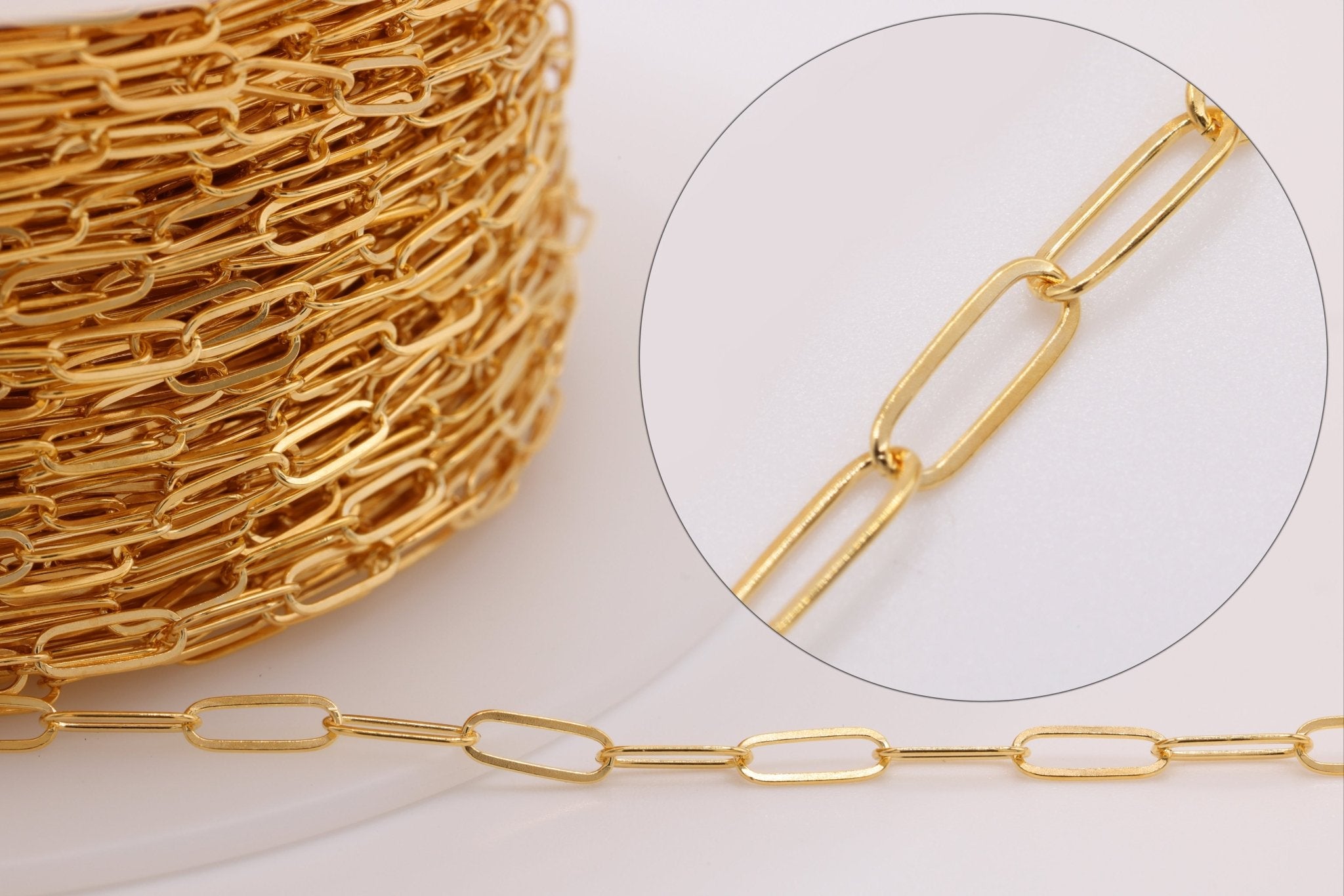
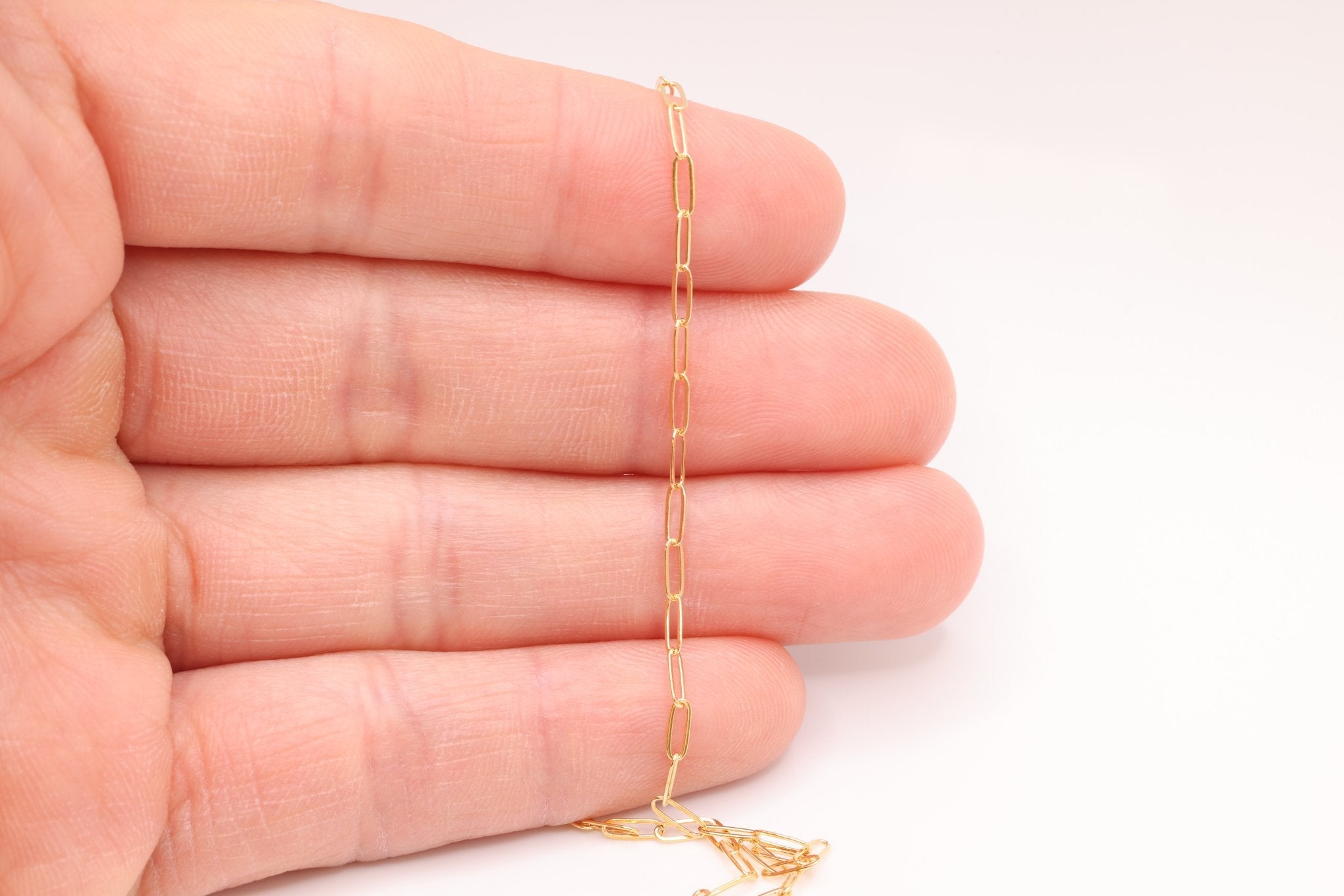
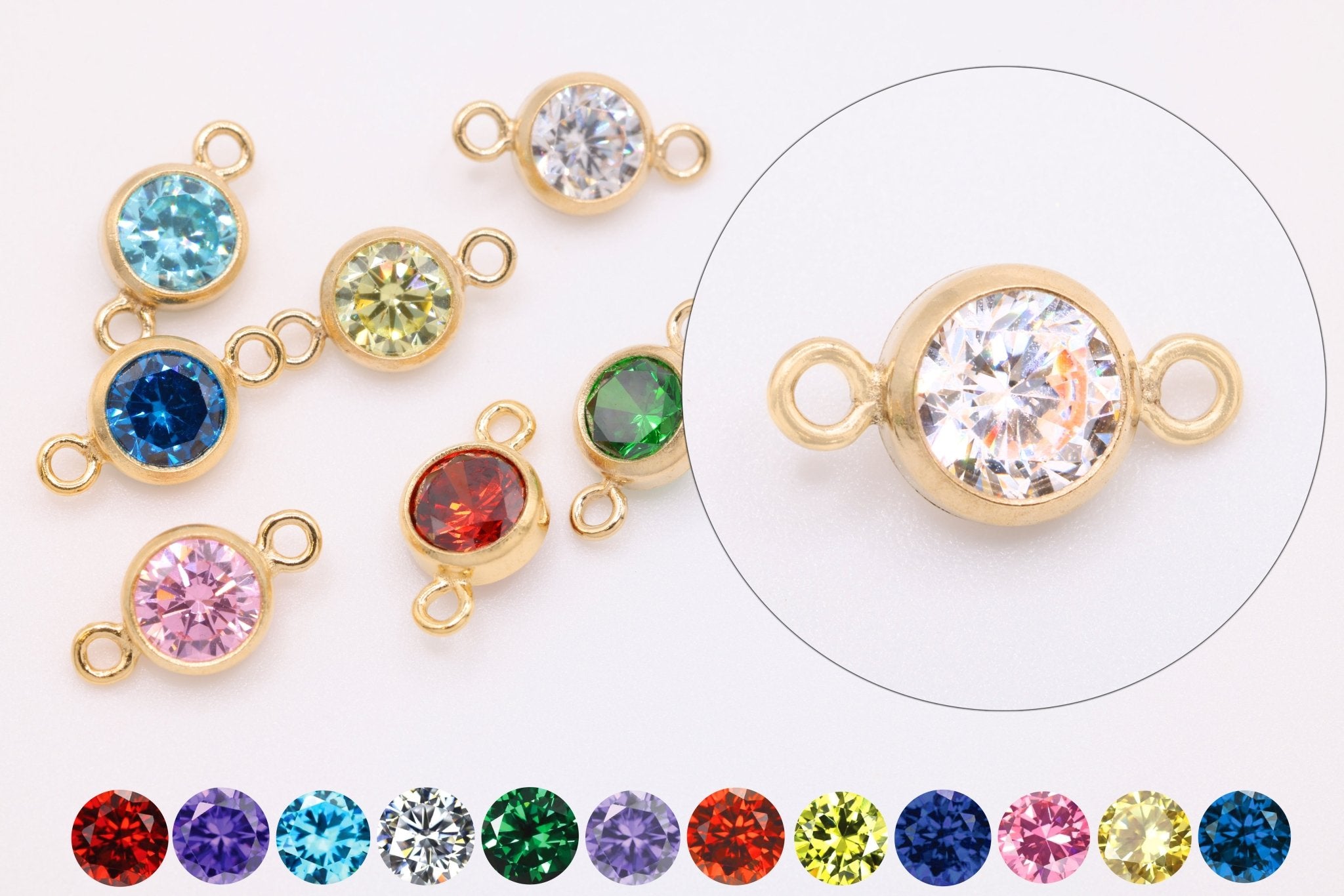
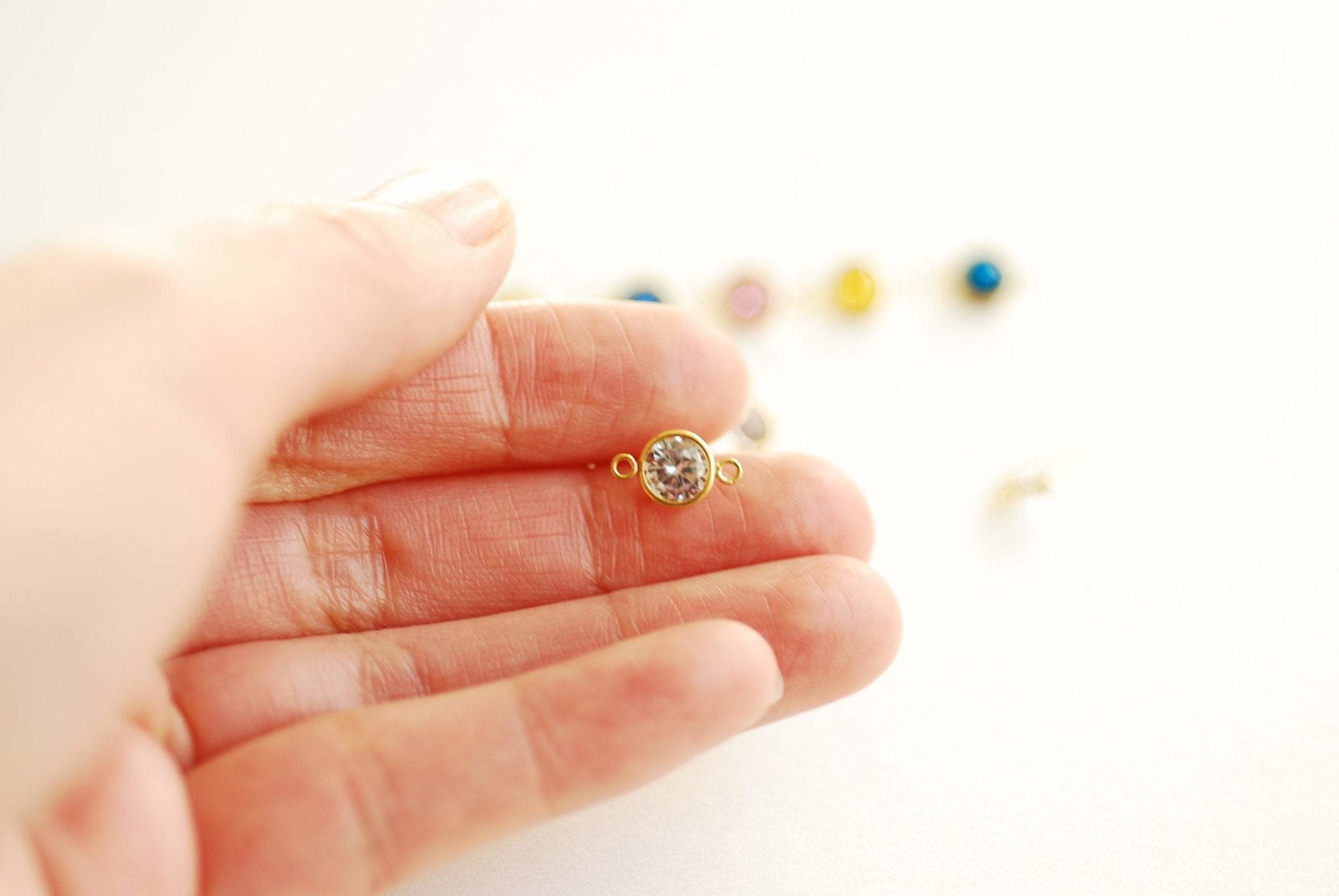
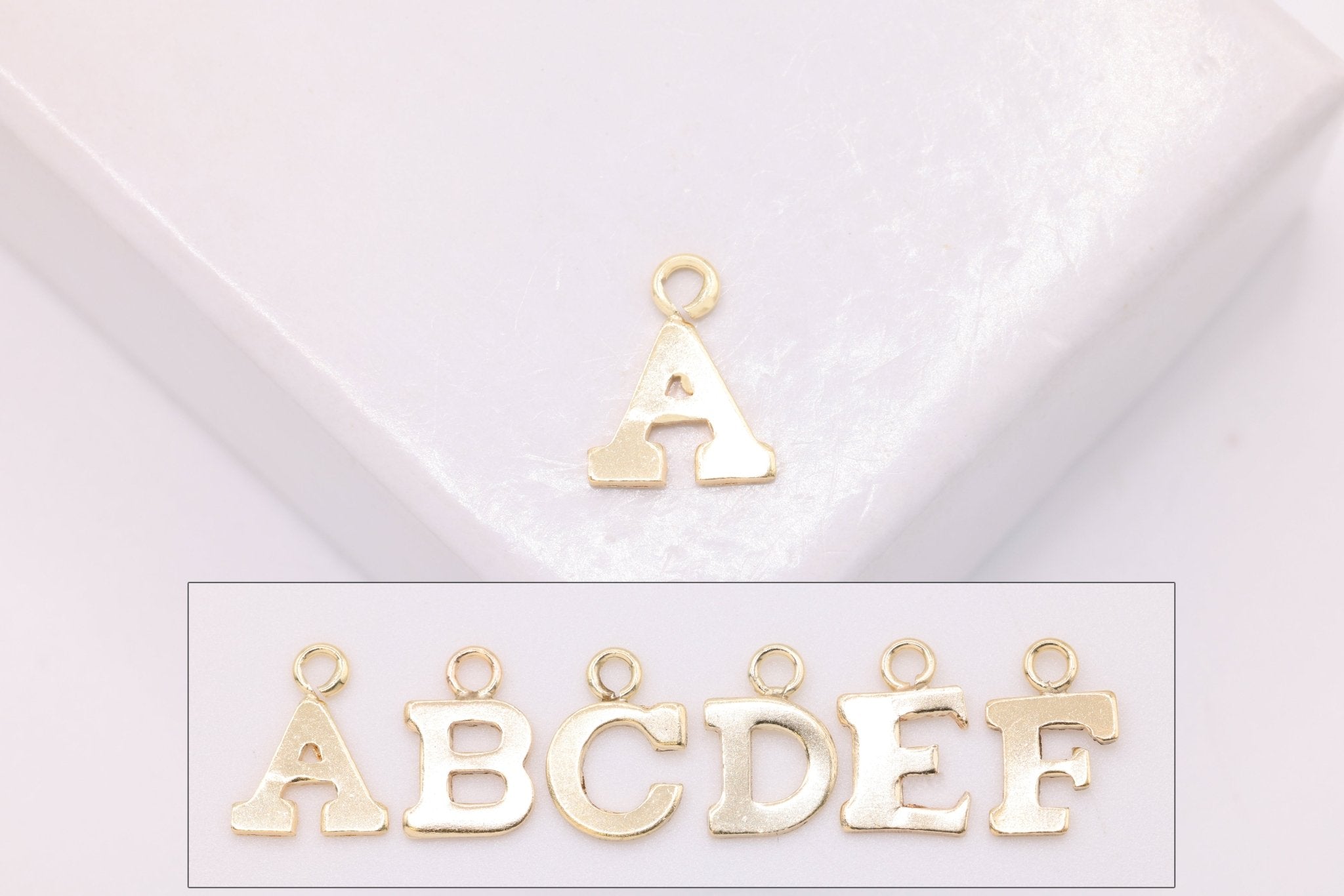
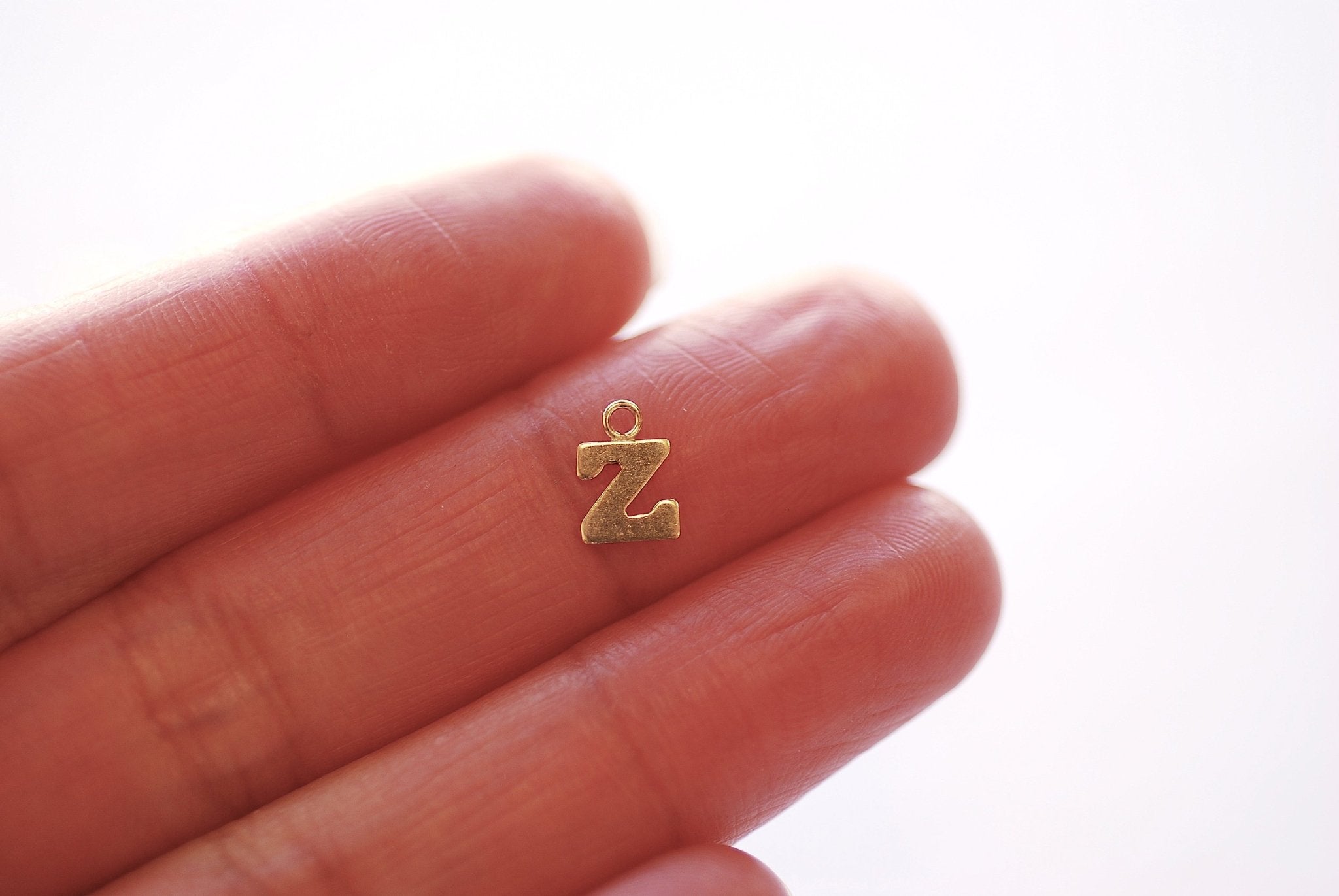
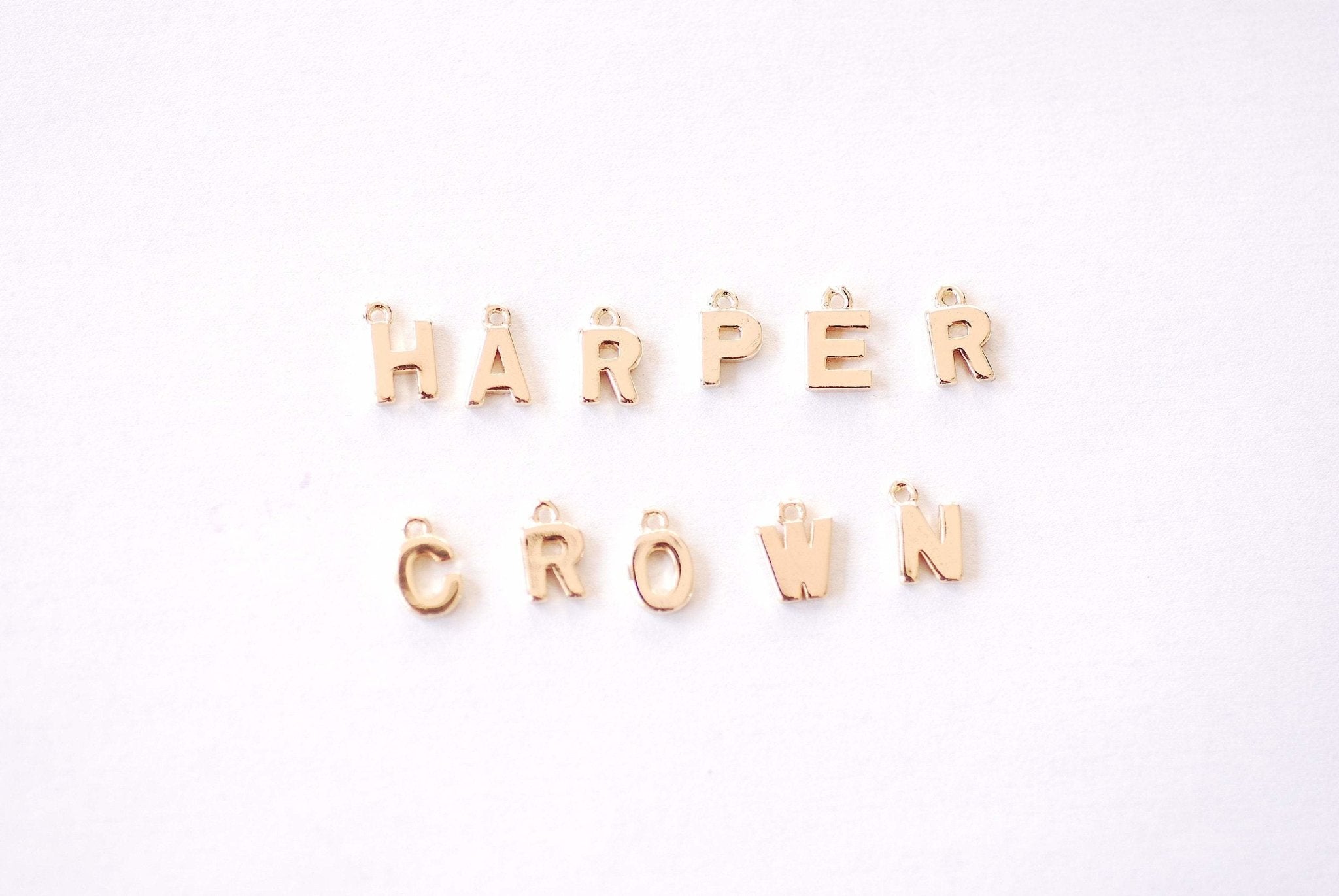
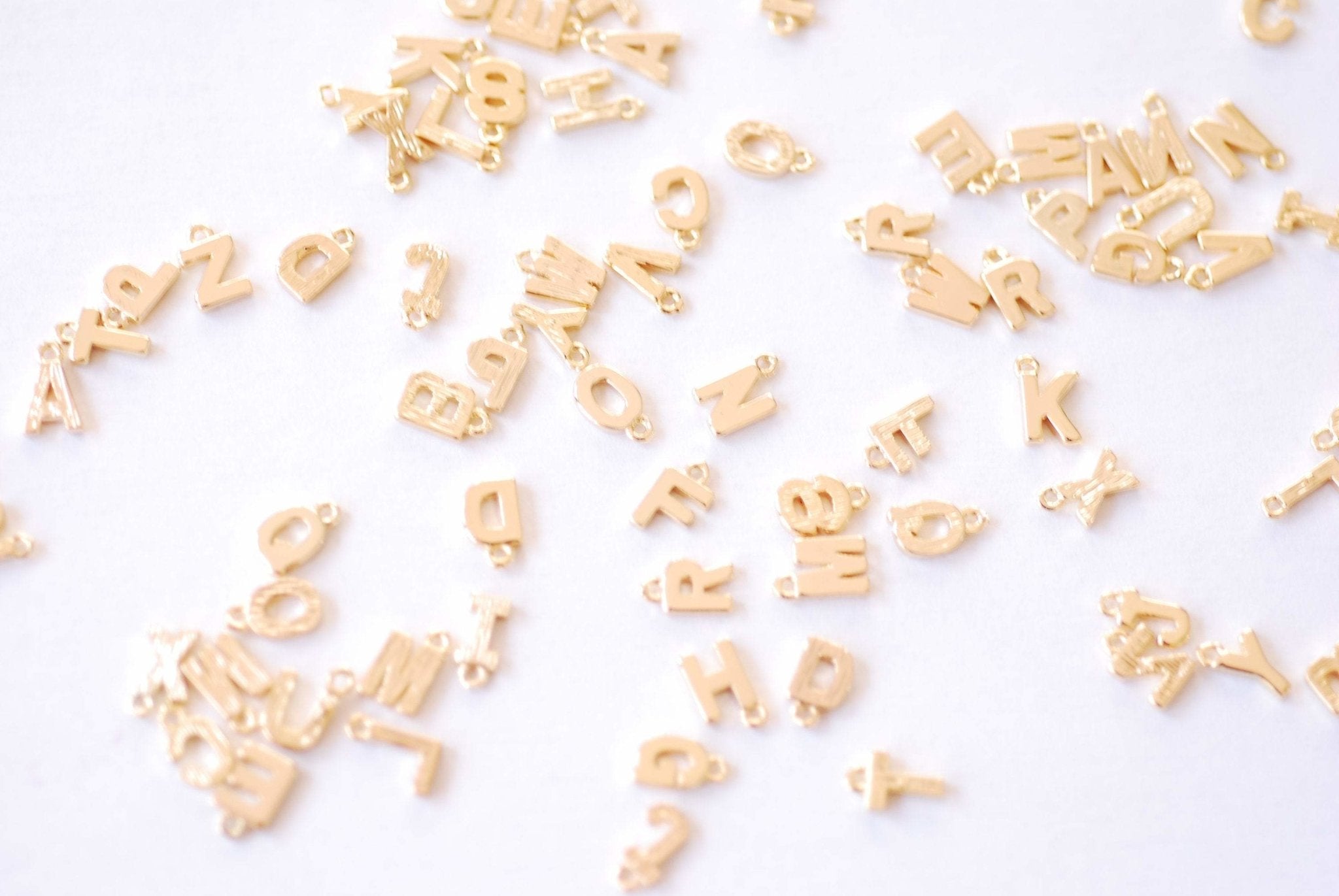
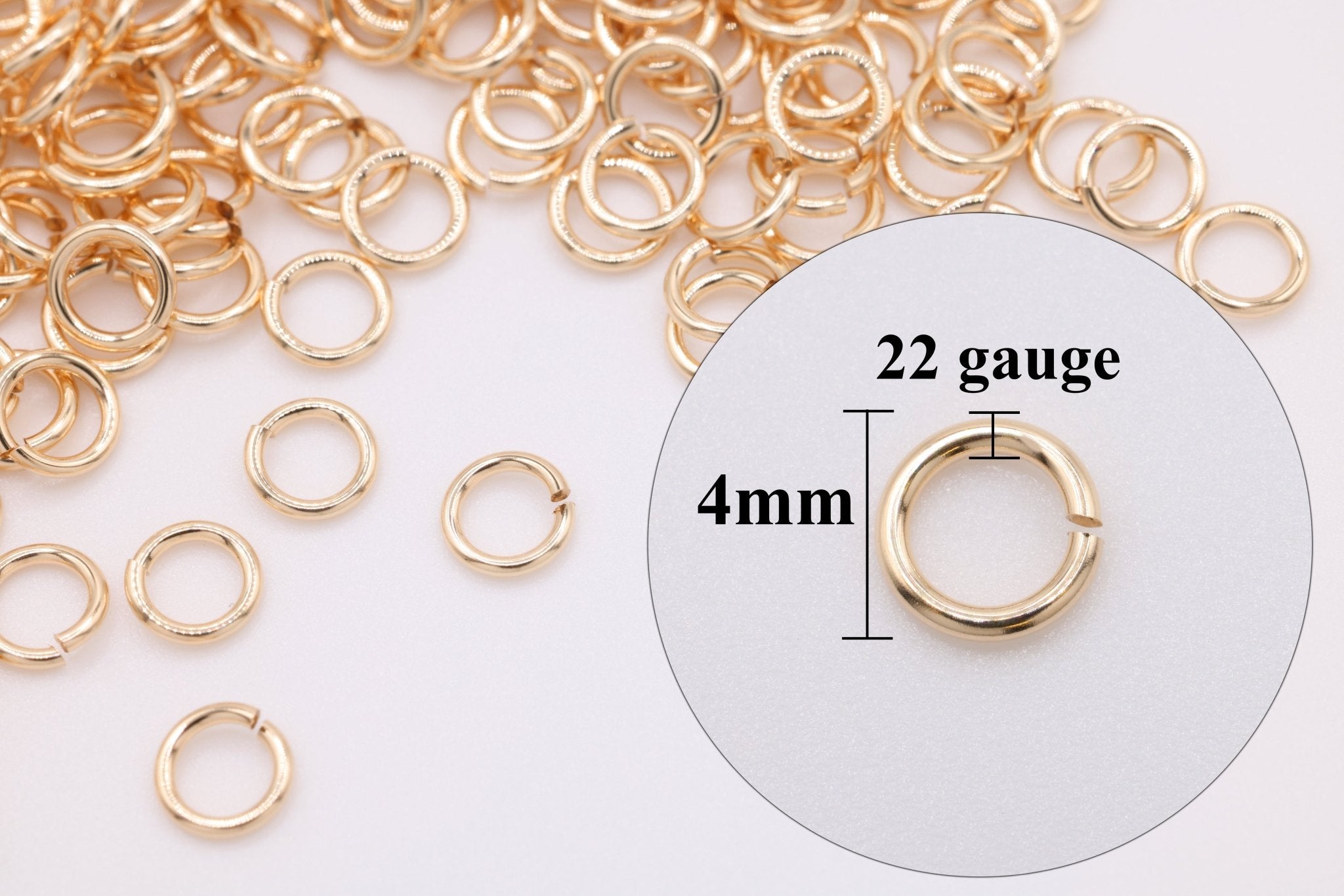
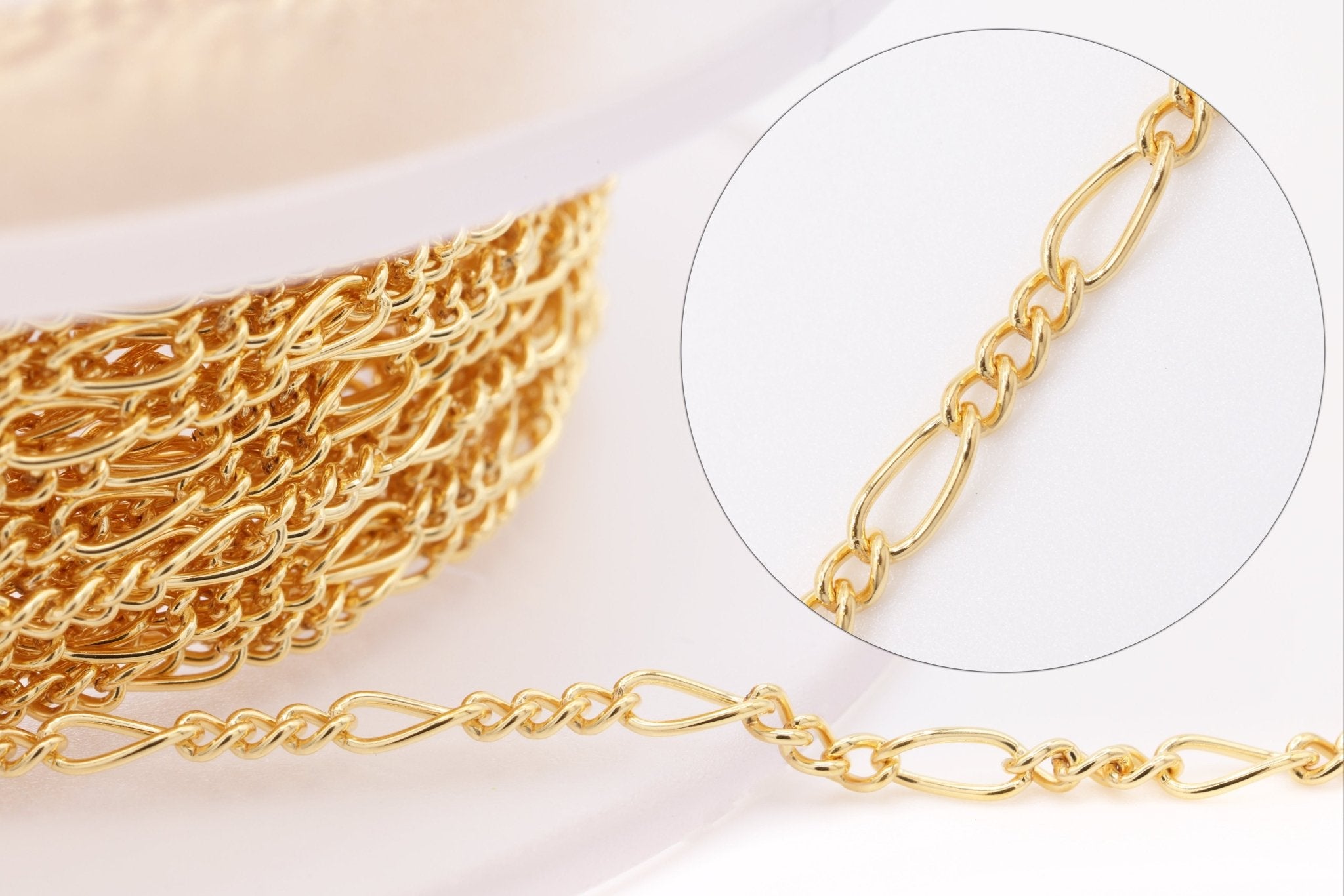
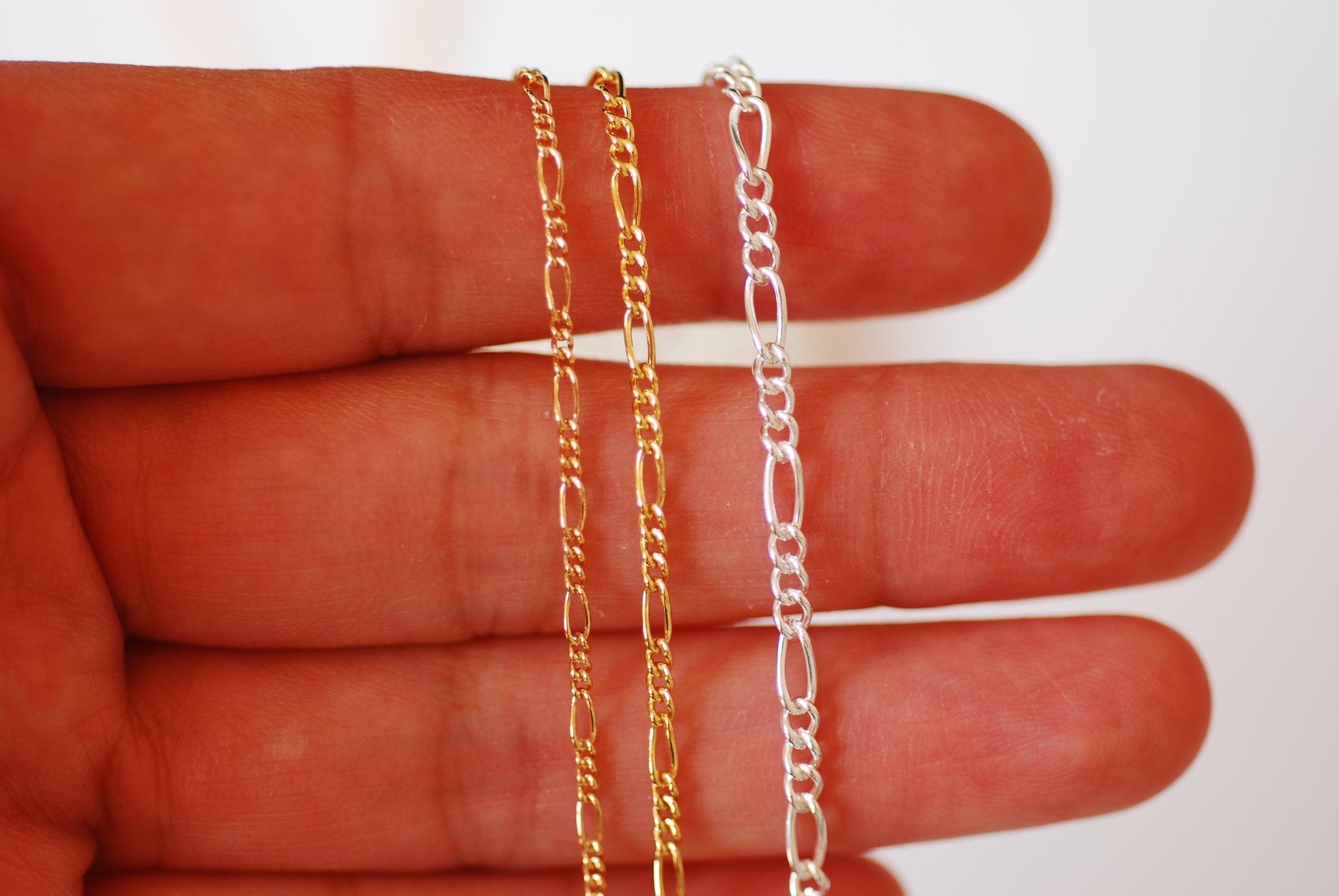
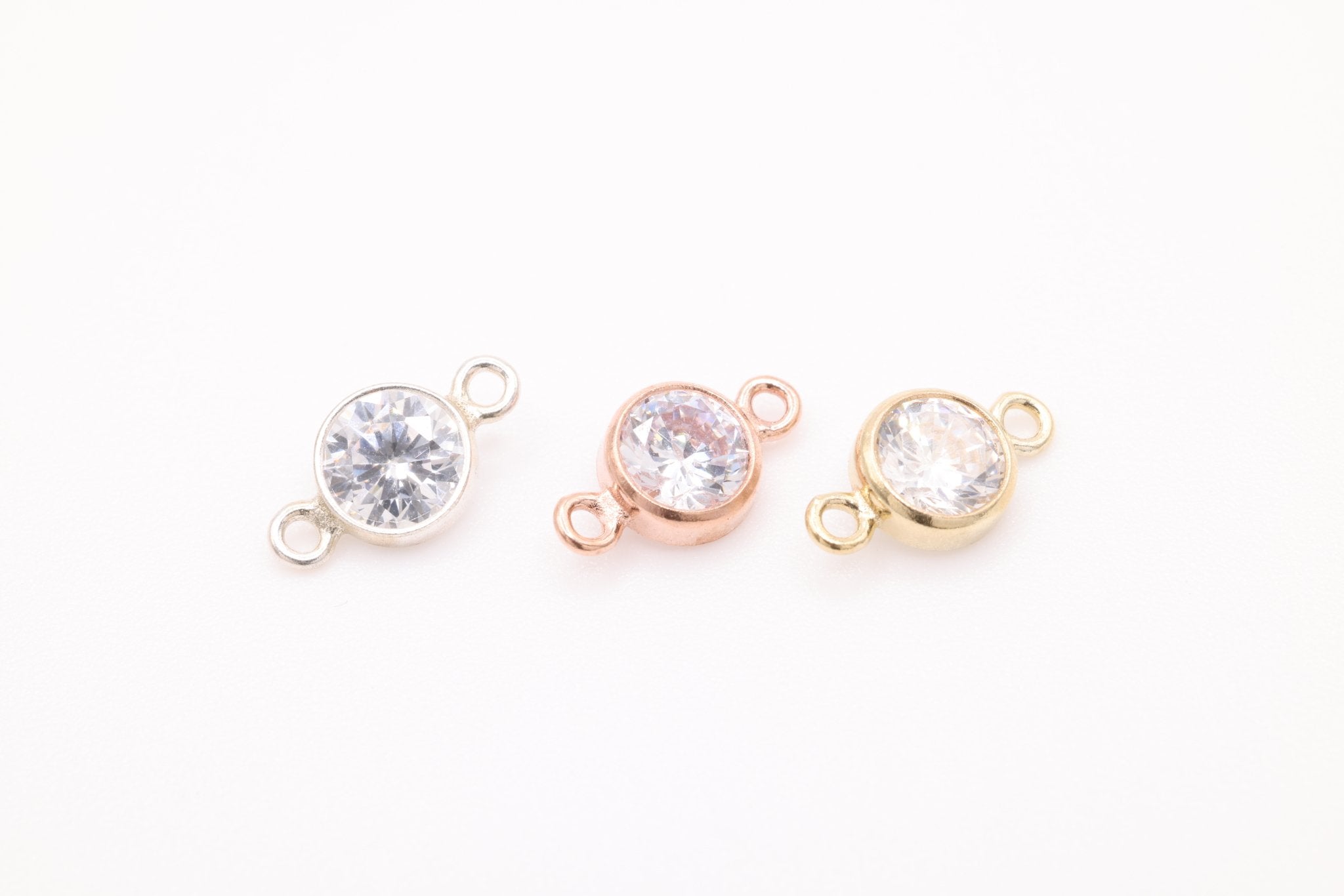
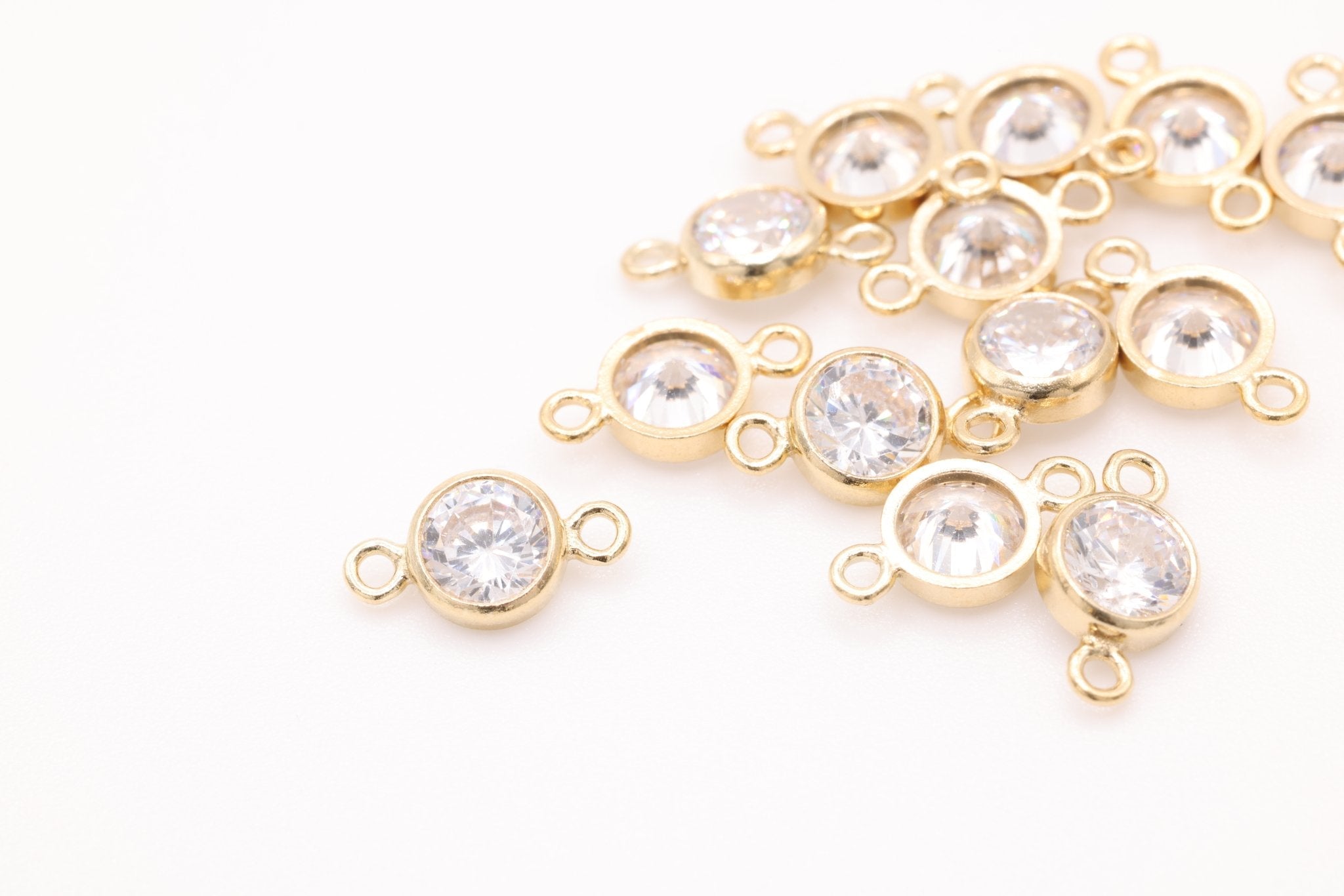
![Gold Filled Beaded Ring, Gold Silver Stacking Ring, Hammered Bead Ring, Gold Dot Ring Midi Ring Gold Filled Flat Beaded Ring Minimalist [30] - HarperCrown](http://www.harpercrown.com/cdn/shop/products/gold-filled-beaded-ring-gold-silver-stacking-ring-hammered-bead-ring-gold-dot-ring-midi-ring-gold-filled-flat-beaded-ring-minimalist-30-568879.jpg?v=1634159908&width=2048)
![Gold Filled Beaded Ring, Gold Silver Stacking Ring, Hammered Bead Ring, Gold Dot Ring Midi Ring Gold Filled Flat Beaded Ring Minimalist [30] - HarperCrown](http://www.harpercrown.com/cdn/shop/products/gold-filled-beaded-ring-gold-silver-stacking-ring-hammered-bead-ring-gold-dot-ring-midi-ring-gold-filled-flat-beaded-ring-minimalist-30-638411.jpg?v=1634159908&width=2048)
